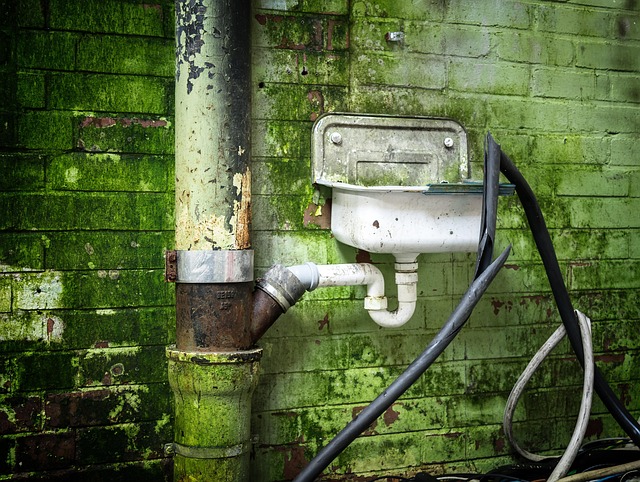For startups in manufacturing, logistics, and tech sectors, understanding equipment financing needs is critical for successful market entry and sustainable growth. Early identification of requirements allows entrepreneurs to plan strategic launches by accessing funding for essential machinery and software. Key funding options include bank loans, angel investments, venture capital, government grants, and leasing. Crafting a compelling business plan outlining specific equipment needs, operational costs, and financial projections is crucial for securing investor support. Effective equipment management through technology, inventory systems, and flexible financing terms optimizes resource utilization, prevents breakdowns, and supports high-growth phases.
“Unleashing Startup Growth through Equipment Financing: A Comprehensive Guide
Navigating the initial stages of a startup’s journey often requires strategic equipment investments for market entry. This comprehensive article demystifies the process, offering insights into understanding your financing needs, exploring diverse funding avenues from banks to investors and government schemes, crafting a robust business plan, and implementing effective equipment management strategies. Embrace these steps to secure the resources propelling your startup towards success.”
- Understanding Startup Equipment Financing Needs for Market Entry
- Exploring Funding Options: Banks, Investors, and Government Schemes
- Crafting a Compelling Business Plan for Equipment Acquisition
- Strategies for Effective Equipment Management and Repayment
Understanding Startup Equipment Financing Needs for Market Entry

Understanding a startup’s equipment financing needs is crucial for its market entry and subsequent growth. Equipment often forms the backbone of a business, especially in manufacturing, logistics, and technology-driven industries. For startups, accessing the right funding to acquire or upgrade this critical infrastructure can be the difference between a smooth launch and a challenging journey. Identifying these requirements early on allows entrepreneurs to plan for a successful market entry strategy.
Market entry requires not just physical assets but also specialized tools tailored to specific business needs. This could range from machinery for production processes to advanced software solutions for data management or customer relationship management. Proper financing ensures startups can invest in equipment that aligns with their unique operational goals, providing them with a competitive edge and setting the stage for sustainable growth in their respective markets.
Exploring Funding Options: Banks, Investors, and Government Schemes

When exploring funding options for a new startup, understanding the various avenues available is crucial for driving startup growth. One of the most traditional approaches is securing loans from banks, which often require a robust business plan and collateral. This option provides stability and long-term financing but may involve stringent terms and higher interest rates.
Additionally, seeking investments from angel investors or venture capital firms can accelerate startup growth by infusing capital quickly. These investors bring not only financial resources but also valuable industry insights and networks. Government schemes and grants are another avenue worth exploring, as they often support innovative ideas and specific sectors with funding opportunities designed to boost entrepreneurship.
Crafting a Compelling Business Plan for Equipment Acquisition

Crafting a compelling business plan is paramount for startups aiming to secure equipment financing for market entry. This document should clearly articulate your startup’s vision, mission, and goals, highlighting the specific equipment needed to achieve sustainable growth. A detailed breakdown of operational costs, projected financial statements, and a timeline for expected returns are essential components that demonstrate your venture’s viability and potential for success.
Investors are more likely to support startups with robust business plans that showcase market opportunity, competitive advantage, and a clear strategy for utilizing the acquired equipment. By presenting a well-structured plan, entrepreneurs can effectively communicate their vision, gain investor confidence, and secure the necessary funding to propel their startup’s growth in a competitive market.
Strategies for Effective Equipment Management and Repayment

For startups, effective equipment management is key to sustainable startup growth. This involves careful planning and strategy to ensure that financing for entry into the market is used efficiently. One crucial aspect is leveraging technology for tracking and maintaining assets. Digital tools can monitor equipment location, performance, and maintenance needs, ensuring optimal utilization and preventing costly breakdowns. Additionally, startups should implement robust inventory management systems to keep a precise record of all equipment, streamlining replacement or upgrade processes when necessary.
Repayment strategies should align with startup cash flow projections. Smart financing options include leasing instead of purchasing, which offers tax advantages and allows for easier upgrades as technology evolves. Furthermore, negotiating flexible repayment terms with lenders can provide much-needed breathing room, especially during the initial high-growth phases. Regular financial reviews and transparent communication with investors or lenders are vital to ensure repayments remain feasible while facilitating startup growth.














